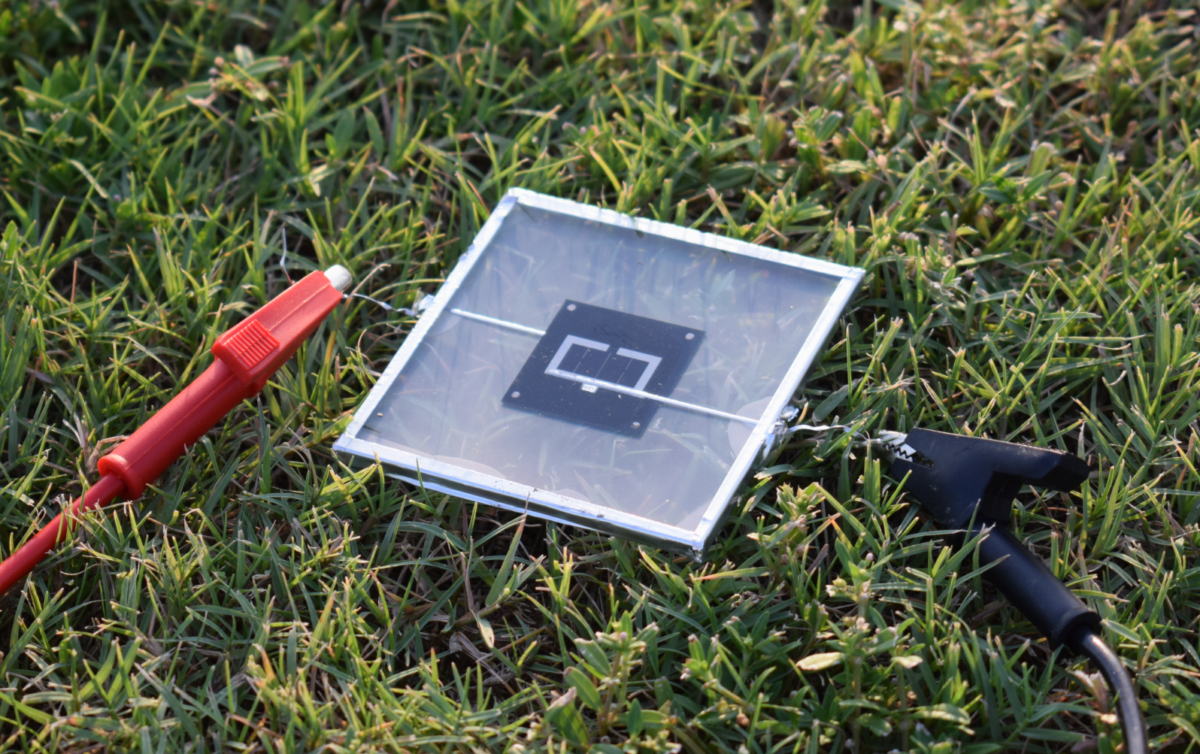Jan Christoph Goldschmidt, the team head for novel solar cell concepts at German research institute the Fraunhofer ISE, has shown the results of a series of outdoor tests conducted by scientists of Saudi Arabia’s King Abdullah University of Science and Technology (KAUST) to assess how high temperature affects the performance of perovskite and silicon tandem solar cells. “For emerging solar cells such as perovskite-based tandem cells, the influence of spectral and, to a larger extent, temperature variation on solar cell performance is not yet fully understood,” Goldschmidt explained.
The energy yield of two-terminal tandem cells is maximized when the two sub-cells produce the same current at the maximum power point. By contrast, when one of the two devices generates less current than the other, and current mismatch between the sub-cells occurs, the overall device's current is affected. “The output current of a sub-cell is determined by the bandgap of the absorber but this may vary under operating conditions,” the scientist stated, adding that current mismatch is responsible for affecting the overall cell's optimal bandgaps.
The KAUST experts tested an encapsulated dummy tandem cell in an unspecified hot and sunny climate and, with the help of meteorological data, they simulated the device's temperature over an entire year. These measurements showed, according to Goldschmidt, that the cell performance is not only affected by voltage losses, as in other kinds of solar cells, but also by the aforementioned current mismatch.
Reducing the bandgap of the perovskite sub-cell is pointed out as a possible measure to reduce the impact of temperature on this type of tandem cells. “They find that instead of the 1.73 electronvolt (eV) optimal bandgap value for the perovskite determined from idealized theoretical analysis, a bandgap value of 1.685 eV should lead to a higher energy yield under the temperature conditions experienced in the field,” Goldschmidt affirmed. Ideal bandgaps should be in the range of 1.65 electronvolts.
Popular content
The findings of the tests are presented in the paper Tandem cells under the weather, published in nature energy.
*The article was updated on November 9 to specify that the outdoor tests were performed by reseaerchers of the KAUST, and not by scientists of the Fraunhofer ISE, as we previosuly reported.
This content is protected by copyright and may not be reused. If you want to cooperate with us and would like to reuse some of our content, please contact: editors@pv-magazine.com.



1 comment
By submitting this form you agree to pv magazine using your data for the purposes of publishing your comment.
Your personal data will only be disclosed or otherwise transmitted to third parties for the purposes of spam filtering or if this is necessary for technical maintenance of the website. Any other transfer to third parties will not take place unless this is justified on the basis of applicable data protection regulations or if pv magazine is legally obliged to do so.
You may revoke this consent at any time with effect for the future, in which case your personal data will be deleted immediately. Otherwise, your data will be deleted if pv magazine has processed your request or the purpose of data storage is fulfilled.
Further information on data privacy can be found in our Data Protection Policy.